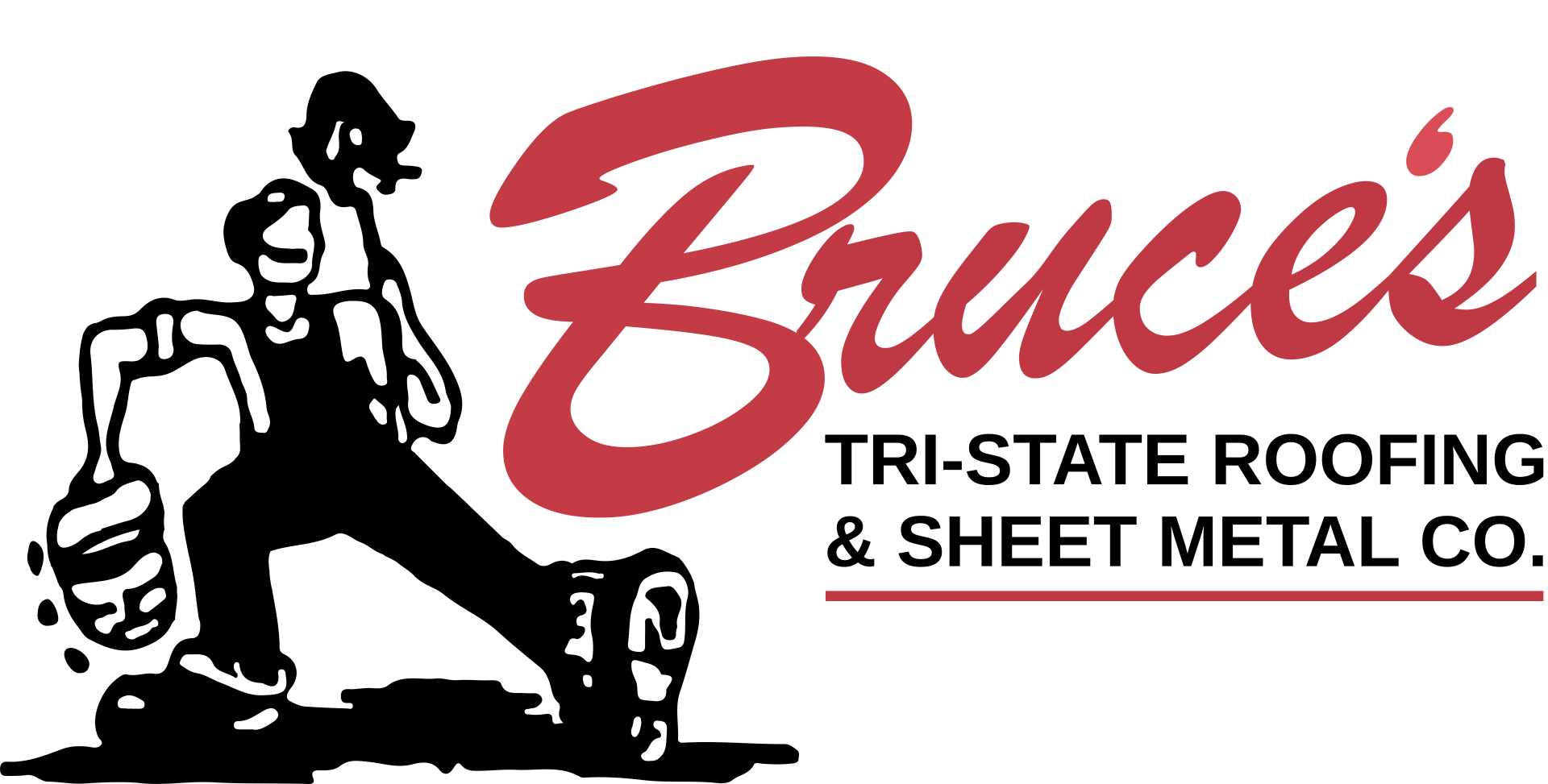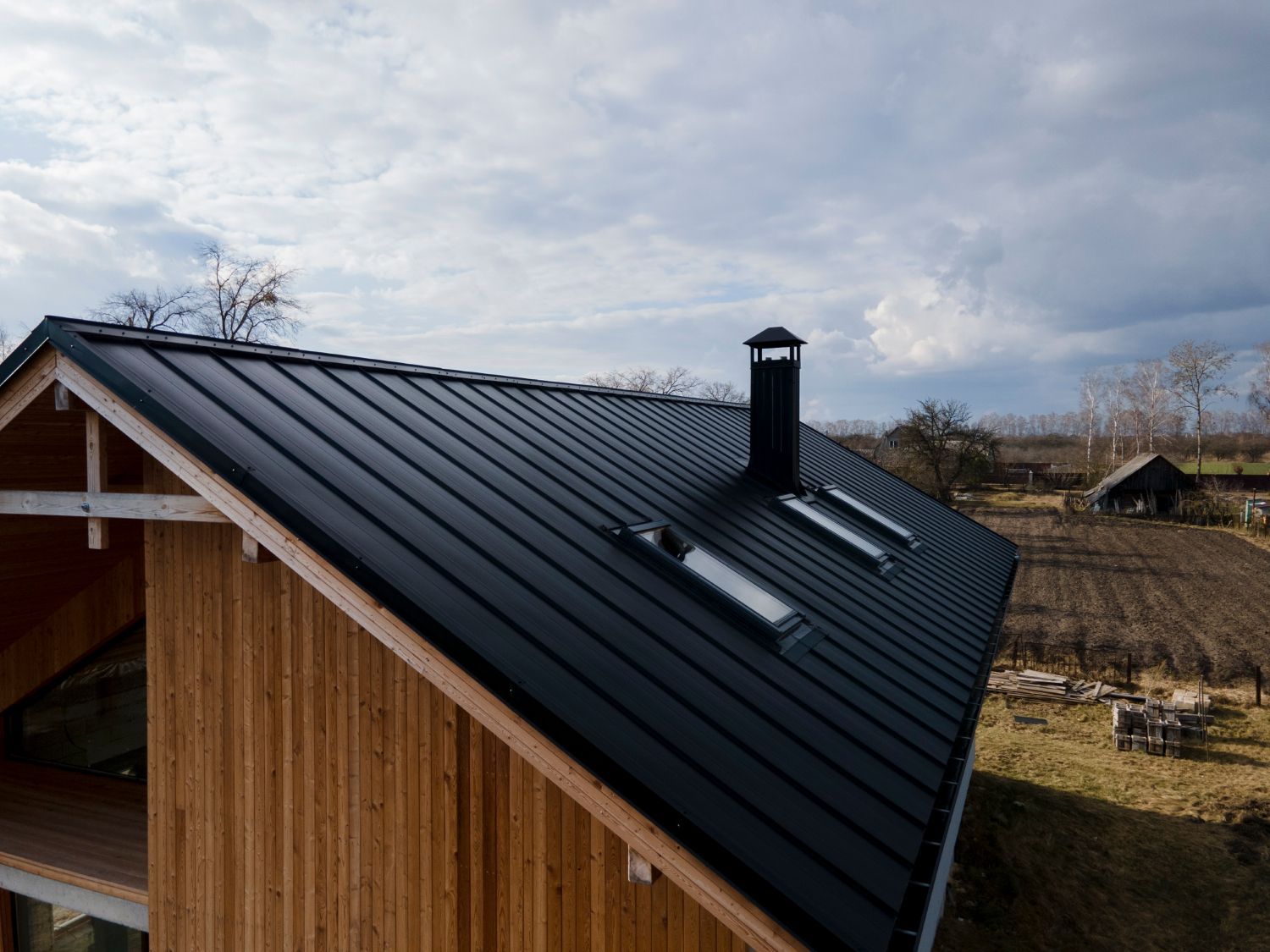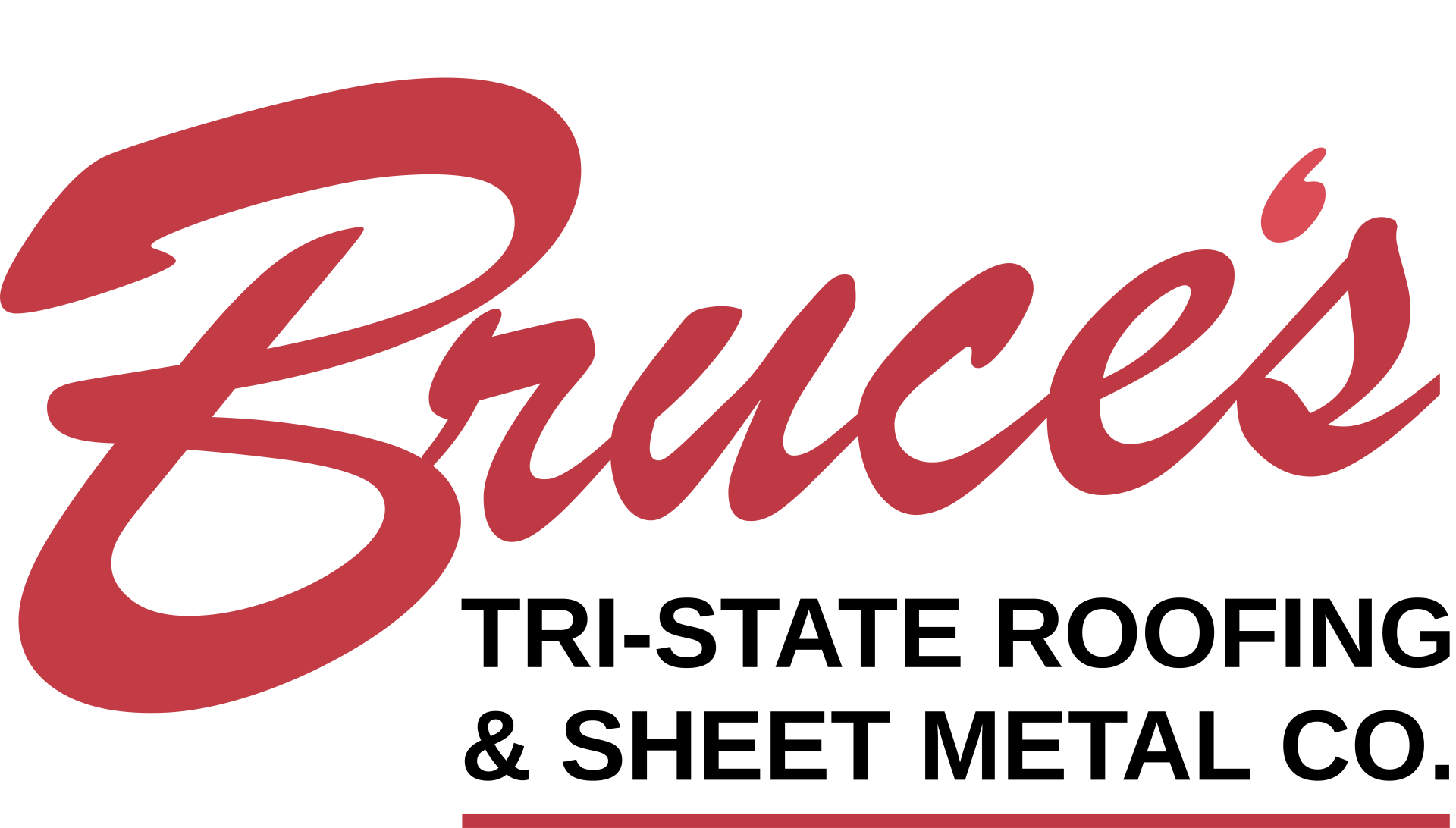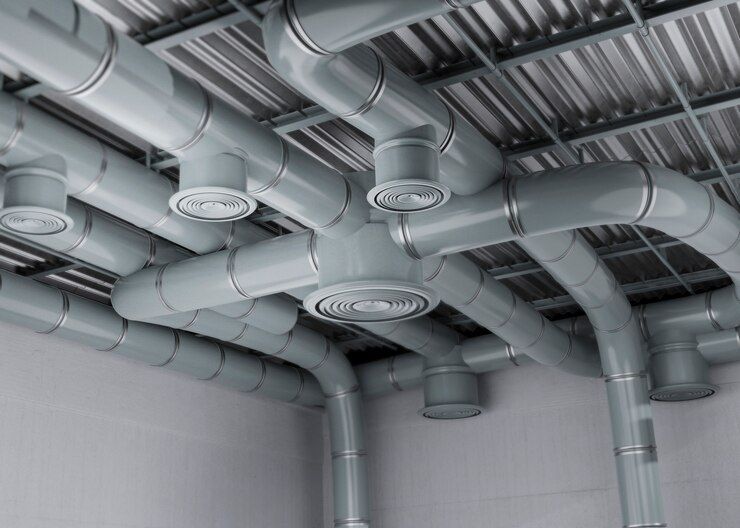
Winter rains can cause a lot of trouble for your roof. Water might seep through cracks, and if you’re not careful, those little leaks can turn into big problems. It's important to know what to look out for to keep your home safe and dry during those rainy months.
Roof leaks often happen without warning. Suddenly, there's a stain on the ceiling or an unexpected drip during a storm. By staying one step ahead, you prevent leaks before they start. A well-prepared roof not only keeps the rain out but also protects your home's structure and your peace of mind.
Taking the time to check your roof and fix small issues now can save you from headaches later. With some smart steps and regular upkeep, you give your home the protection it needs against those heavy winter rains. Let's dive into what you can do to prevent those pesky leaks and keep your home cozy.
Understanding Common Causes of Winter Roof Leaks
Roof leaks during winter rains can cause significant damage if not addressed promptly. Heavy rains can easily find their way into your home if your roof isn’t prepared to fight against nature. Water can leak through the smallest openings, so it’s important to understand these common causes.
Poor drainage is a major culprit of roof leaks. When gutters and drainage systems can’t do their job properly, water backs up and creates pools on your roof. These pools put stress on the roof, which can cause it to weaken and crack, allowing water inside. Keeping gutters and drains clear of debris is crucial to maintaining efficient water flow.
Clogged gutters are another common problem. When leaves and debris pile up, they block water from flowing to downspouts and away from your home. This can cause water to overflow, which often leads to leaks. Regular cleaning of the gutters ensures water is directed away as intended.
Damaged shingles and roof flashing also play a big role in leaks. Shingles that are cracked or missing let water seep beneath them. Similarly, flashing around chimneys or skylights that’s not intact or properly sealed allows water entry. Inspect these areas frequently and fix any problems to prevent leaks.
Essential Pre-Winter Roof Checkup
Conducting a pre-winter roof checkup prepares your home for any challenges the rain might bring. A thorough inspection helps identify areas that might cause trouble and lets you fix them before the wetter months arrive. Here’s a checklist to guide you in checking your roof's condition:
- Inspect Shingles:
Look out for curling, cracking, or missing shingles. These allow water to leak into the underlying structure. Replace damaged shingles promptly.
- Examine Flashing: Check the areas around chimneys, vents, and skylights for secure and sealed flashing. Loose or damaged flashing is a common entry point for water.
- Clear Gutters: Ensure gutters and downspouts are free of leaves and debris to maintain efficient drainage. Clogged gutters can cause water to back up and overflow, leading to leaks.
Identifying wear and tear early is vital. Look for dark spots or water stains on ceilings, which might indicate a leak. Mold or mildew near the roofline can also signal water intrusion issues. By catching these early signs, you save yourself from bigger problems down the line.
The importance of timely repairs can’t be overstated. Even minor issues, if overlooked, can escalate into serious damage when exposed to heavy rains. Regular checks and prompt repairs strengthen your roof’s defenses, ensuring a leak-free home all winter long.
Effective Waterproofing Techniques
Keeping your roof watertight is key to preventing leaks during winter rains. Waterproofing membranes and sealants offer strong protection by creating a barrier against water intrusion. They act like a shield, blocking moisture from getting inside your home.
Applying roof coatings and sealants involves several steps. Start by cleaning the roof thoroughly to remove dirt and debris, ensuring the sealant adheres well. Next, apply an even layer of the waterproof coating, focusing on areas like joints and seams where leaks are more common. This process safeguards the roof, giving it a durable layer of protection.
There are many benefits to maintaining a watertight roof. First, it reduces the risk of leaks, protecting both the roof and the home’s interior from water damage. It also enhances the roof's lifespan by minimizing the wear from rainy weather. Additionally, a well-sealed roof helps in saving on energy costs, as it controls temperature fluctuations within the home.
Investing time in waterproofing your roof ensures that heavy rain doesn’t become a source of stress or damage. By keeping your roof tight and secure, you keep your home protected and comfortable throughout the winter season.
Regular Maintenance for Leak Prevention
Regular maintenance plays a huge role in ensuring that your roof can handle the stress of winter rains without leaking. There are several easy tasks you can do to help keep your roof in tip-top shape and protected.
Regularly cleaning gutters and downspouts keeps water flowing away from your home. This task prevents water from pooling on the roof which can eventually cause leaks. Make sure they are thoroughly cleaned before the rainy season starts and after any major storms.
Trimming nearby trees is also important to reduce debris on the roof. Overhanging branches can drop leaves and twigs that clog gutters or damage shingles, increasing the risk of leaks. Keeping trees properly trimmed minimizes this risk.
Scheduling professional inspections is another smart strategy. A roofing expert can spot potential issues that an untrained eye might miss, ensuring a thorough assessment and proper preventive measures.
These routine tasks might seem small, but they can make a big difference, ensuring your roof stands strong against winter rains. A little maintenance goes a long way in keeping leaks at bay and your home safe.
Conclusion
Winter rains don't have to mean leaks for your roof. By understanding the causes of leaks, performing pre-winter checkups, and using effective waterproofing techniques, you’re well on your way to a dry and sturdy roof. Regular maintenance ties everything together, helping prevent future issues. Stay proactive, and your roof will reward you with reliable protection during the harsher months.
If you're looking to safeguard your home this winter with expert help, Bruce's Tristate Roofing, a
roofing company in Kentucky, has you covered. Our team provides top-notch services to ensure your roof stays leak-free and strong throughout the season. Whether it's maintenance, inspection, or repairs, we're here to help. Reach out to Bruce's Tristate Roofing today for all your roofing needs.

Have Total Confidence in the Roof Over Your Head
Hire an experienced commercial roofing company serving the entire Tri-State area


Hours
Mon: 7:00AM-4:00PM
Tue: 7:00AM-4:00PM
Wed: 7:00AM-4:00PM
Thu: 7:00AM-4:00PM
Fri: 7:00AM-4:00PM
Sat: Closed
Sun: Closed
All Rights Reserved | Website Designed & Developed By Oddball Creative

